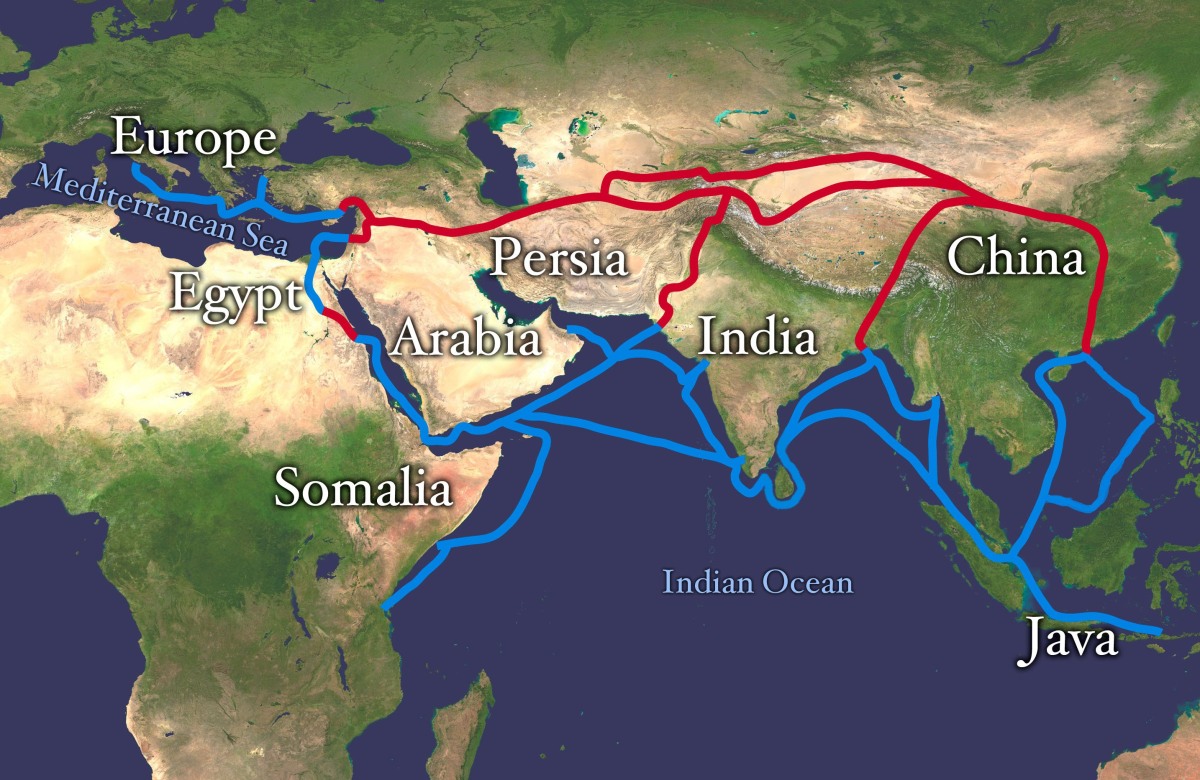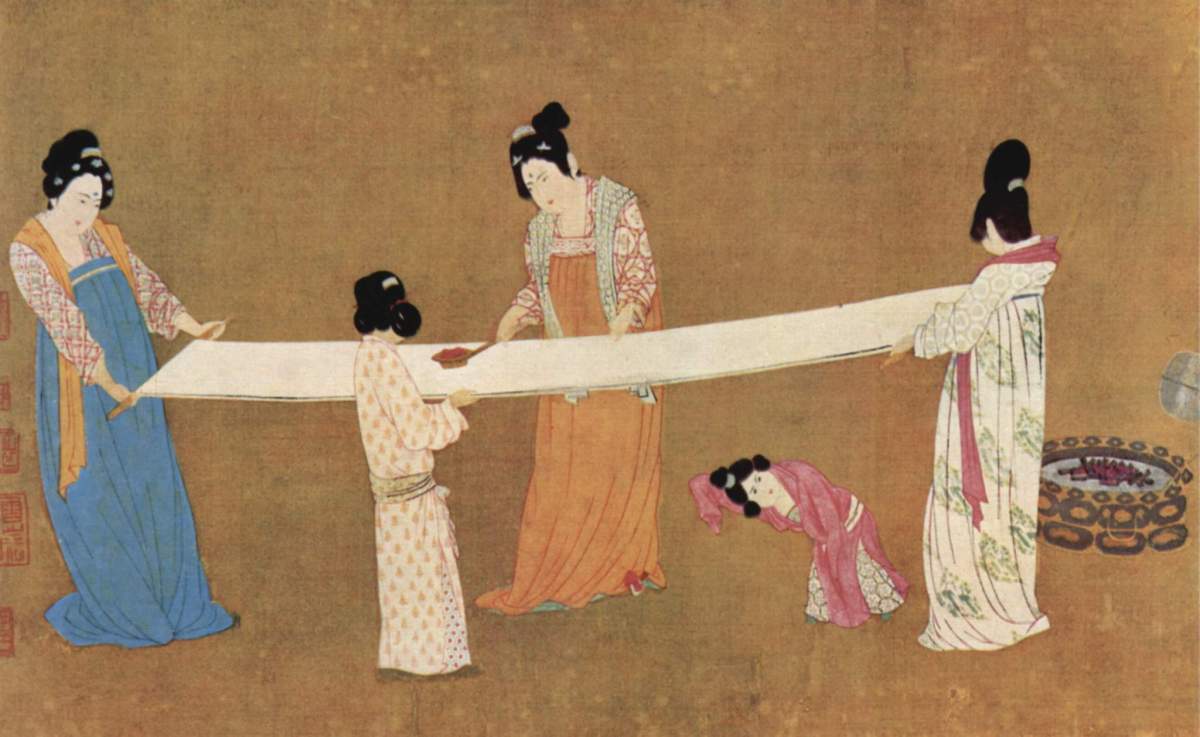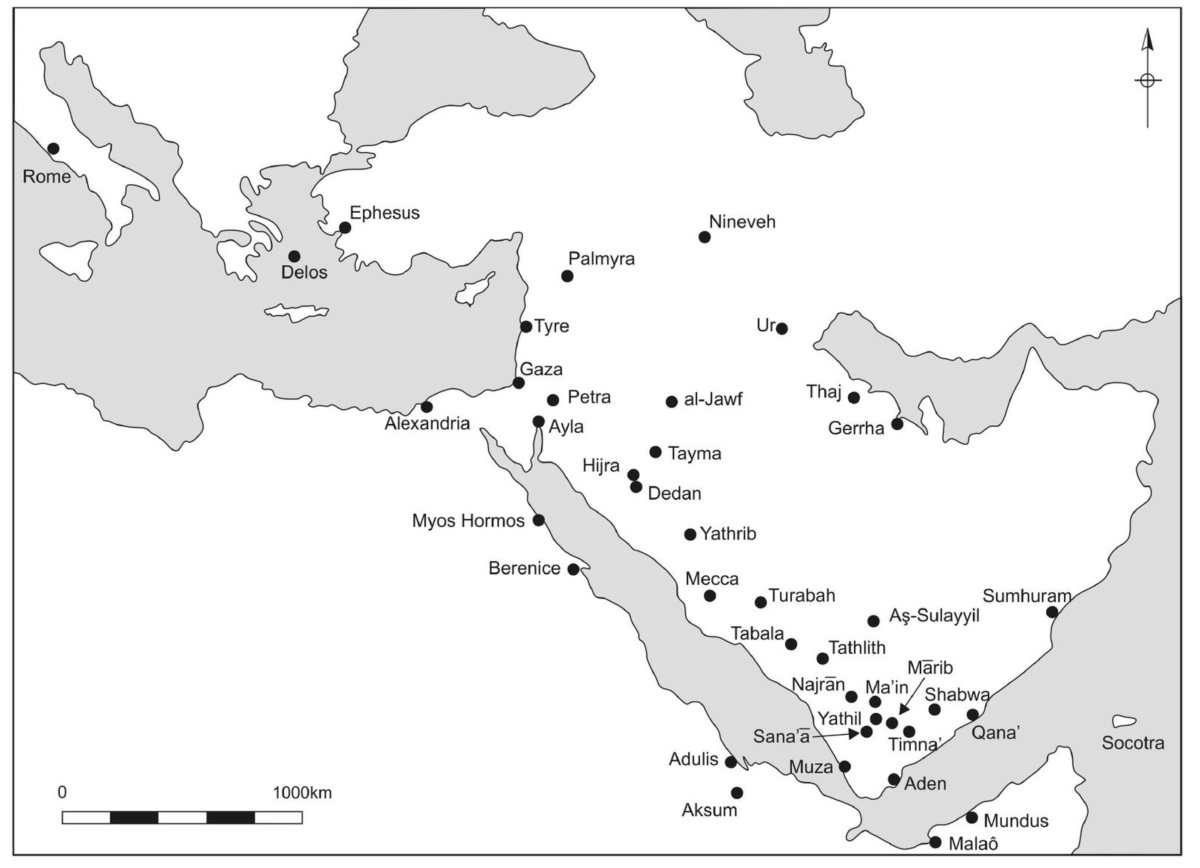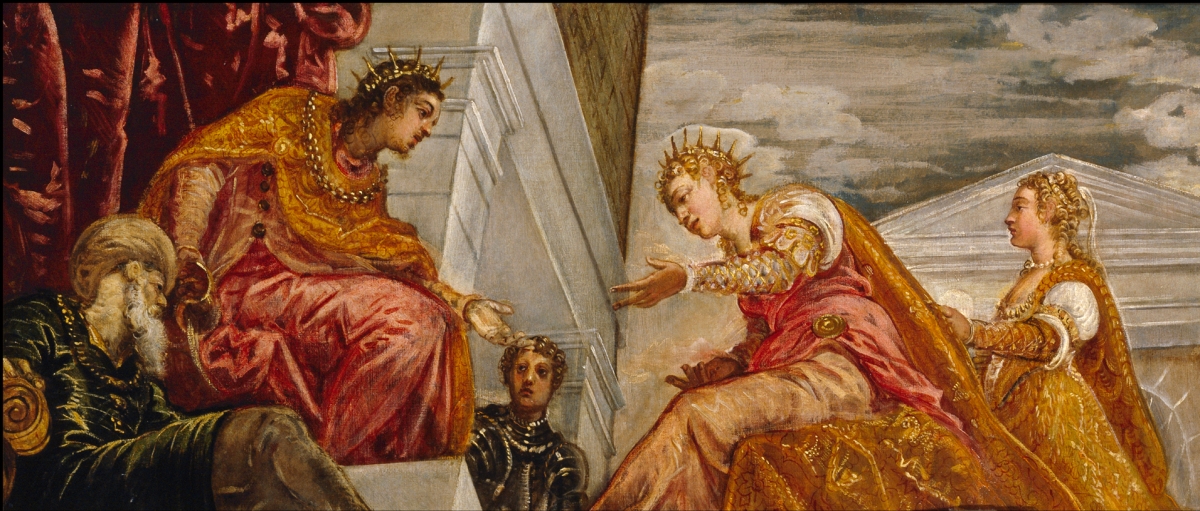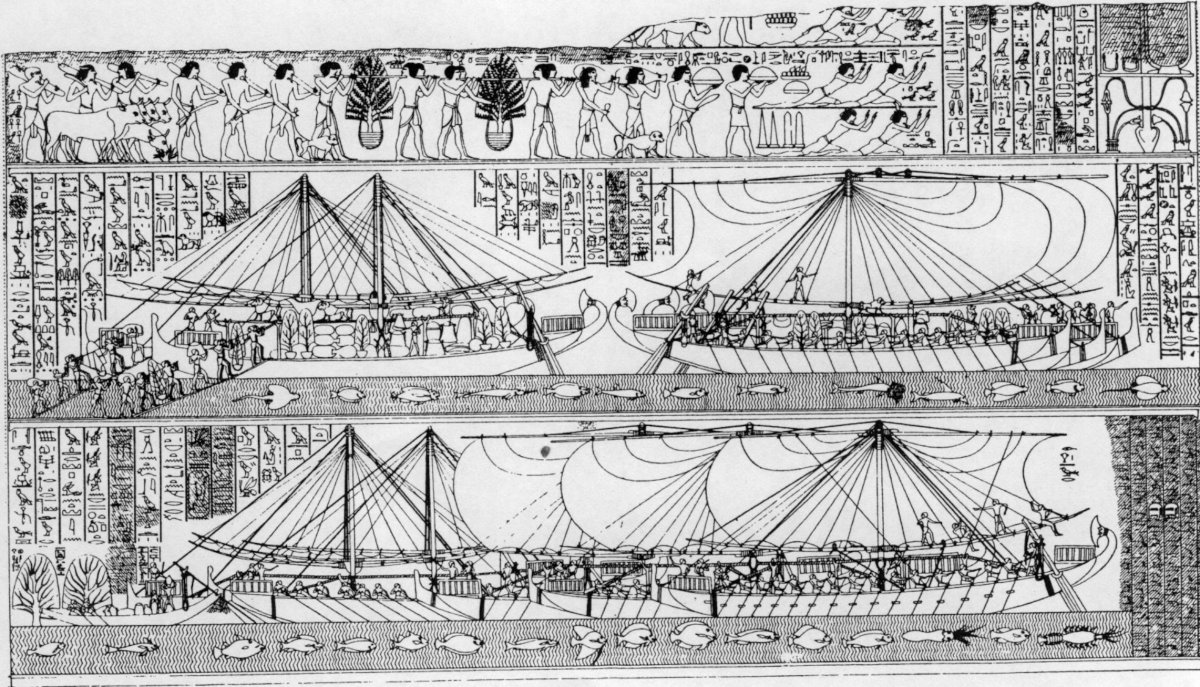By the first century CE, there was a worldwide maritime trading route that stretched all the way from Rome, across the Mediterranean to northern Africa, through the Indian Sea to Indonesia and onto China, with India at its center. The commodities shipped over these routes were high in value and low in bulk, including spices, incense, precious metals, textiles, and specialty items such as rhinoceros horn and kingfisher feathers.
Trade between South Asia and Europe was booming. As John Miksic describes it: “A distant observer of the Earth would have seen humankind on the verge of an explosion of commercial activity. Between the Mediterranean, where the Roman Empire under the Caesars was at its height, and China, stable and prosperous under the Han Dynasty, the kingdoms of South Asia were encouraging foreign traders to come to their shores. Ivory and incense from India were used in Roman palaces The Romans established trading companies with powers and procedures similar to those of the Dutch and British factory systems used in Asia over a thousand years later”
Three separate trading spheres were operating in the Indian Ocean and South China Sea. In the first, Indian and Sri Lankan sailors were traveling to and from Bali, Java and Sumatra across the Bengal Sea. In the second, Indonesian seafarers were trading within the archipelago itself and in the third the Indonesians were striking out to Southeast Asia and back. Great trade emporiums arose in Java and Sumatra, where Indian and Sri Lankan sailors could access all the spices and commodities the Indonesians brought into Southeast Asia. In the second century CE, the first Chinese junks also began following the coast of China into the Gulf of Thailand and down the Malay Peninsula, in what the Chinese called the “Nanhai” trade.
The resources of the Indonesian archipelago and its central location between China and India made it an important crossroad in international trade. The different regions and islands of Indonesia produced a number of commodities that stimulated internal and external trade. The cycle of monsoons on the Indonesian archipelago’s waters facilitated trade among islands and brought the Indonesian archipelago into an open system of world shipping. The Island of Java became a “nucleus of the Indonesian archipelago” (Sulistiyono and Rochwulaningsih, 2013).
Adapted from:
Hancock, J. (2021) Chapter 9. Spices, scents and silks: Catalysts of world trade. CABI.
Literature cited:
Miksic, J. (1997) Historical background. In: W.M Mathers and M. Flecker (Eds.). Archaeological report: Archaeological recovery of the Java Sea wreck. Pacific Sea Resources, Annapolis, Maryland.
Sulistiyono, S.T. and Y. Rochwulaningsih (2013) Contest for hegemony: The dynamics of inland and maritime cultures relations in the history of Java island, Indonesia. Journal of Marine and Island Cultures 2, 115–127
Figure. Maritime Spice (blue) and Silk (red) Routes. WikiMedia Commans
